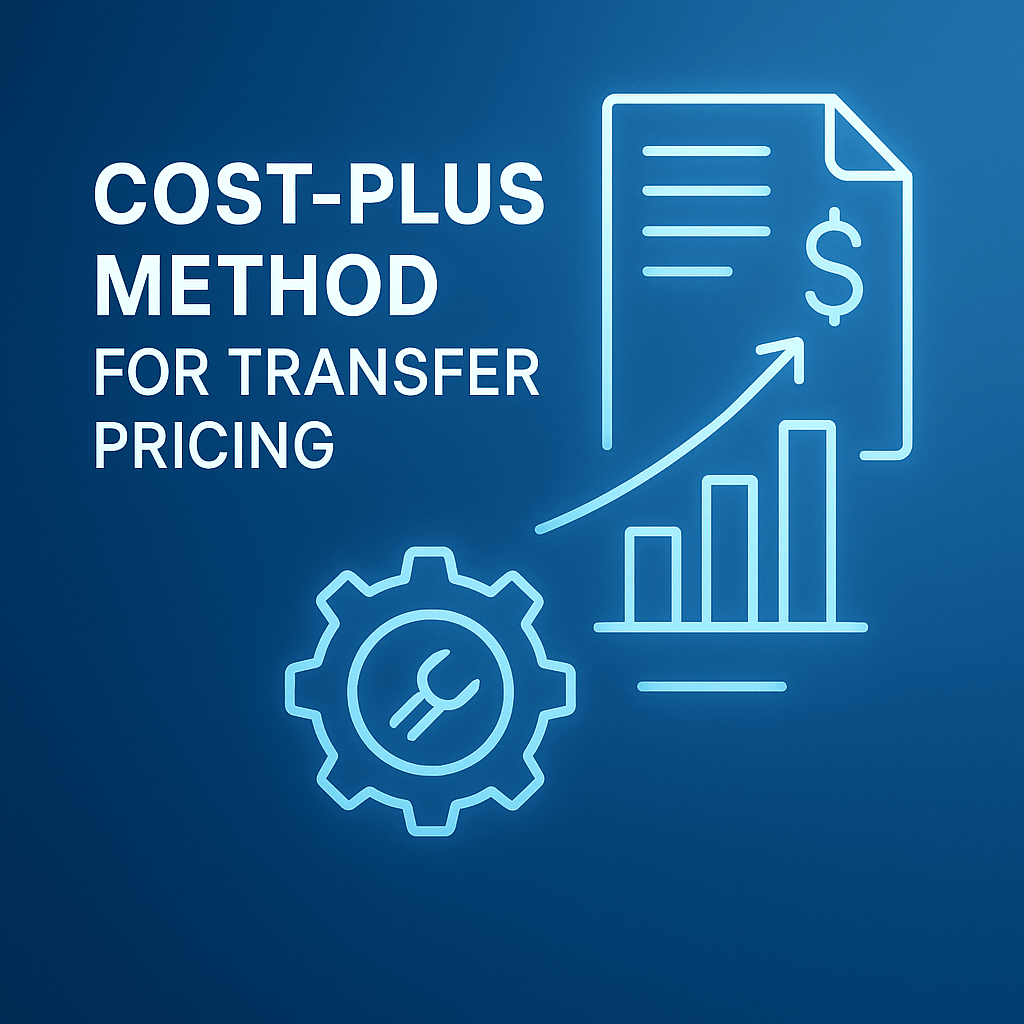When carrying out a transfer pricing study, it’s essential to choose the most suitable method for demonstrating that the prices in a controlled transaction (that is, a transaction between affiliated entities) align with arm’s length standards. The OECD provides guidelines on transfer pricing, detailing various methods that are broadly divided into two main categories: traditional transaction methods and transaction profit methods.
However, there’s also an additional method, not included in the OECD guidelines, called the “Sixth Method” which is used mainly in some Latin countries as Argentina, Bolivia, Brazil and more, for setting prices in controlled transactions involving commodities such as minerals, and oil and gas. This method stands apart from the standard methods recommended by the OECD, as it sometimes strays from the arm’s length principle, which is a key principle in the OECD guidelines.
To select the most appropriate transfer pricing method, it’s crucial to perform a detailed analysis of the transaction’s functions, find comparable transactions not controlled, and apply the chosen method consistently. The OECD Transfer Pricing Guidelines offer important advice on this, particularly stressing the importance of keeping detailed records and documentation.
The Sixth Method
At times, it can be hard for tax authorities to establish whether a controlled transaction is at arm’s length, this issue is can be more prevalent in developing countries, as they might not have enough information to make comparability analyses and they also might not have enough knowledge and resources to do a transfer pricing analysis.
To overcome this hardship some countries, especially in Latin America, have adopted the sixth method, also known as the commodity ruleThis method uses the quoted price in the commodity market to establish the price that should be set in a controlled transaction, mainly in transactions involving import and export of commodities such as agricultural products (grains, coffee, meat, sugar, wool, cotton), metals (gold, silver, copper, platinum), and energy sources (oil, gas, electricity) or other goods with known prices in transparent markets. Depending on the way this method is applied it can be considered as a safe harbour.
It is important to note that this method is not officially recognized by the OECD Transfer Pricing Guidelines, which can cause some difficulties in compliance with the transfer pricing regulations if the other country that is a side to the transaction does not allow for the use of this method or the use of other methods that aren’t specifically mentioned in the domestic regulations (some countries, while not specifically allowing the use of this method, do allow the use of other methods that aren’t included in the OECD TP guidelines if the taxpayer convinced the tax authority that all of the other method aren’t suitable and this method is the most appropriate one).
How Sixth Method works
The sixth method in transfer pricing, while similar to the Comparable Uncontrolled Price (CUP) method in using external market prices for benchmarking, has its unique focus and application. This method specifically bases the transfer price on the market value of goods at the time of shipment, independent of contract terms or the roles of the related parties in the transaction. It’s primarily used for commodities or other goods with easily identifiable prices in transparent markets.
The rationale behind this method is to counteract potential price manipulation by multinational companies. These companies might otherwise exploit the fluctuations and complexities inherent in commodity markets to their advantage. By anchoring the transfer price to the real-time market value, the sixth method ensures a fair and market-reflective pricing, reducing the opportunities for artificial inflation or deflation of prices for tax benefits.
This method, however, comes with its challenges. The volatility of commodity market prices can make determining the exact price at the time of shipment complex. Also, it might not be suitable for all types of transactions or industries where market prices are not transparent or easily determined. Despite these challenges, the sixth method is a crucial tool in ensuring that transfer pricing in multinational corporations reflects fair market values, especially in commodity transactions.
An example of the implementation of the 6th method is, transaction between Company A, a wheat producer in Argentina, that sells wheat to its subsidiary Company B, a flour miller in Brazil, on January 3rd, 2023. The price set in the market price of wheat on that date is $220 per ton, considering that the type, quality and quantity of wheat traded in the stock exchange is similar to that the tested transaction and that the prices sent include all of the related fees of the transfer of the wheat between the countries, the price that should be set in the transaction, in order to reflect the arm’s length principle is the quoted price, i.e., 220$ per ton.
Comparability Adjustments
A comparability adjustment aligns transactions between related and unrelated parties by eliminating significant differences. In the context of mineral sales, the OECD Transfer Pricing Guidelines mandate consideration of various factors such as physical features, quality, volumes, delivery terms, transportation, insurance, foreign exchange, and payment terms to ensure economic comparability. The degree of comparability adjustments permitted by tax authorities influences how closely the Sixth Method adheres to the arm’s-length principle.
Due to restricted access to taxpayer information and comparable data, some countries limit allowable adjustments to those easily observed and verified. For instance, Zambia only allows adjustments to the quoted price based on proof of low mineral quality or grade. This approach simplifies implementation but may not fully align with the arm’s-length price, particularly when adjusting for factors like varying metal percentages in different mineral products.
Advantages of the Sixth Method
Some advantages of the sixth method for transfer pricing are:
- It is simple and certain, as it uses the market price of the traded goods on the date of shipment, regardless of the contractual terms or the functions performed by the related parties.
- It is flexible enough to allow stakeholders to leverage upon it based on unusual facts and circumstances, such as the Covid-19 pandemic.
- It allows the stakeholders to not only compare it with an actual transaction but also with quotations, which can provide a clear and relatively objective point of reference.
Disadvantages of the Sixth Method
The sixth method has some drawbacks and challenges, including:
- It may not reflect the actual economic reality of the transactions, as it ignores the functional analysis, comparability factors and economic circumstances that are essential for the application of the arm’s length principle.
- It may be difficult to determine the relevant market price, as there may be different sources, methods, and adjustments for obtaining the quoted prices of the commodities or the goods.
- As mentioned above, the fact that this method is not widely recognised as a method that is allowed to be used in the domestic regulations, can cause compliance difficulties.
- This method can result in a price that allocates a part of the profits to side of the transaction that is higher than it should be, which can result in double taxation.
In conclusion, it is advisable that the decision to utilize the sixth method is made with thorough consideration and careful judgment. This entails a comprehensive evaluation of the unique facts and circumstances surrounding the transactions, as well as a detailed analysis of the availability and reliability of relevant data. Additionally, it is very important to understand and plan for the potential tax implications.
Our firm specializes in international taxation and provides our clients with a comprehensive assistance for their transfer pricing needs. To schedule a consolation call with a member of our team, click here.









